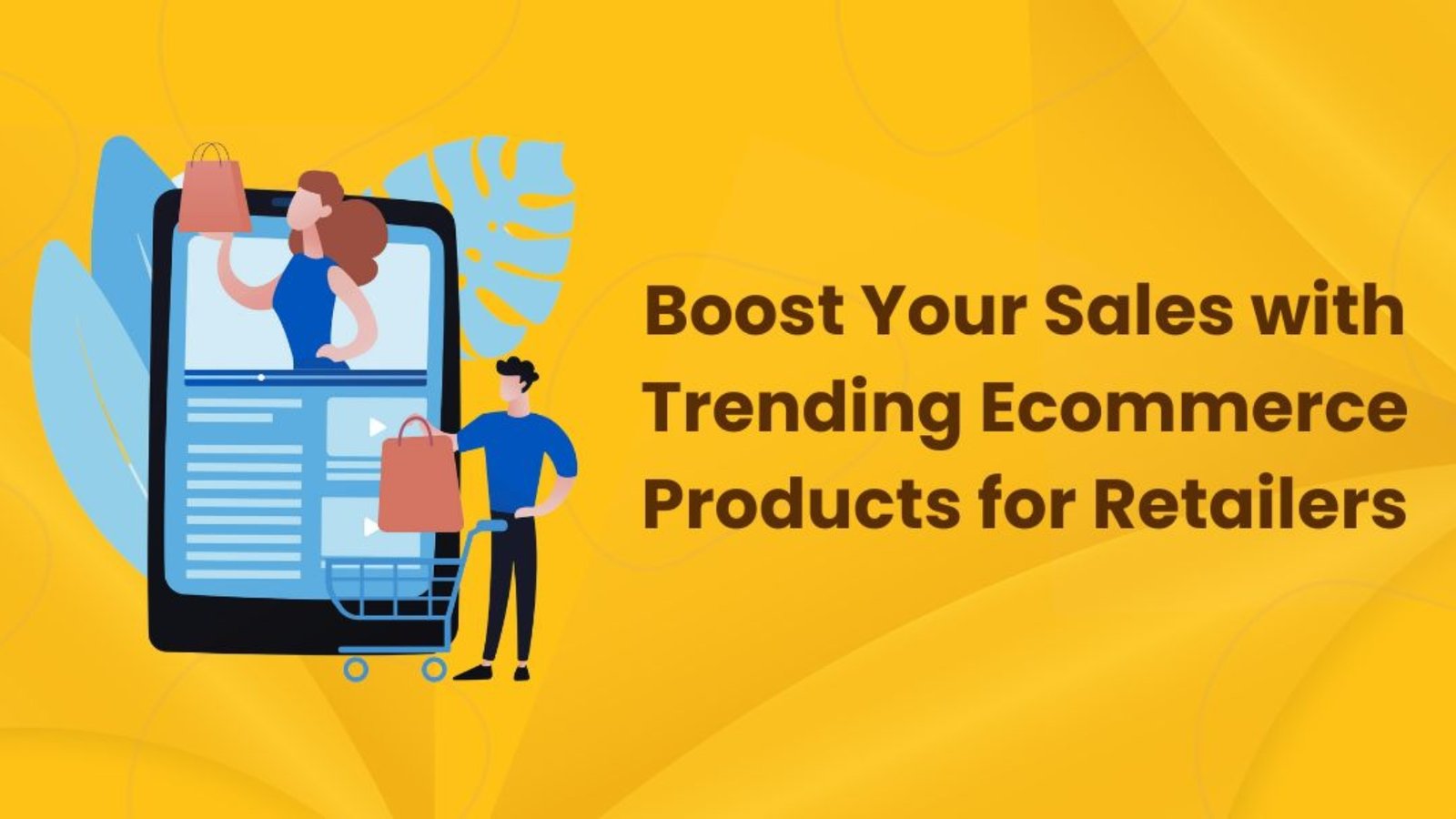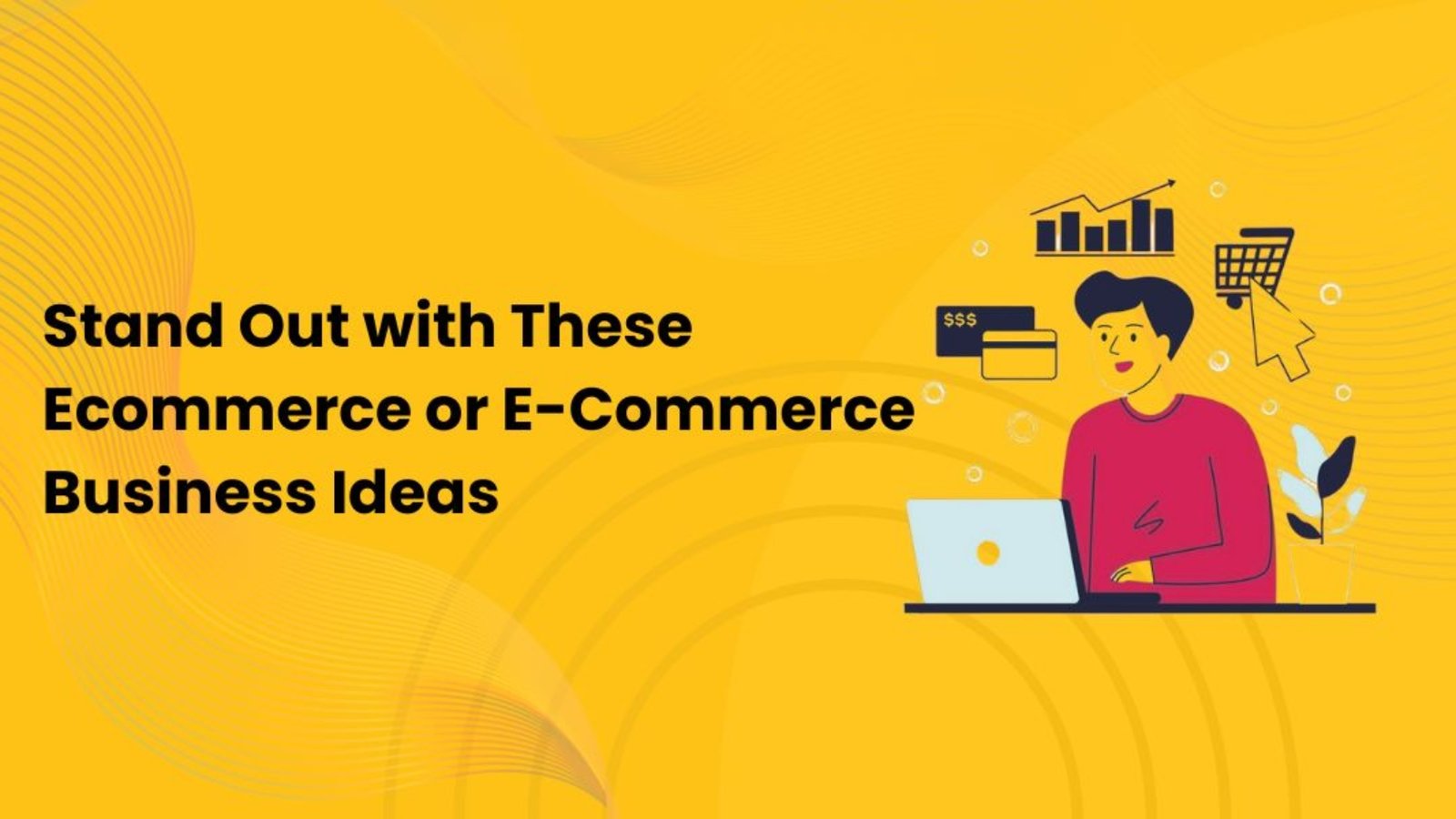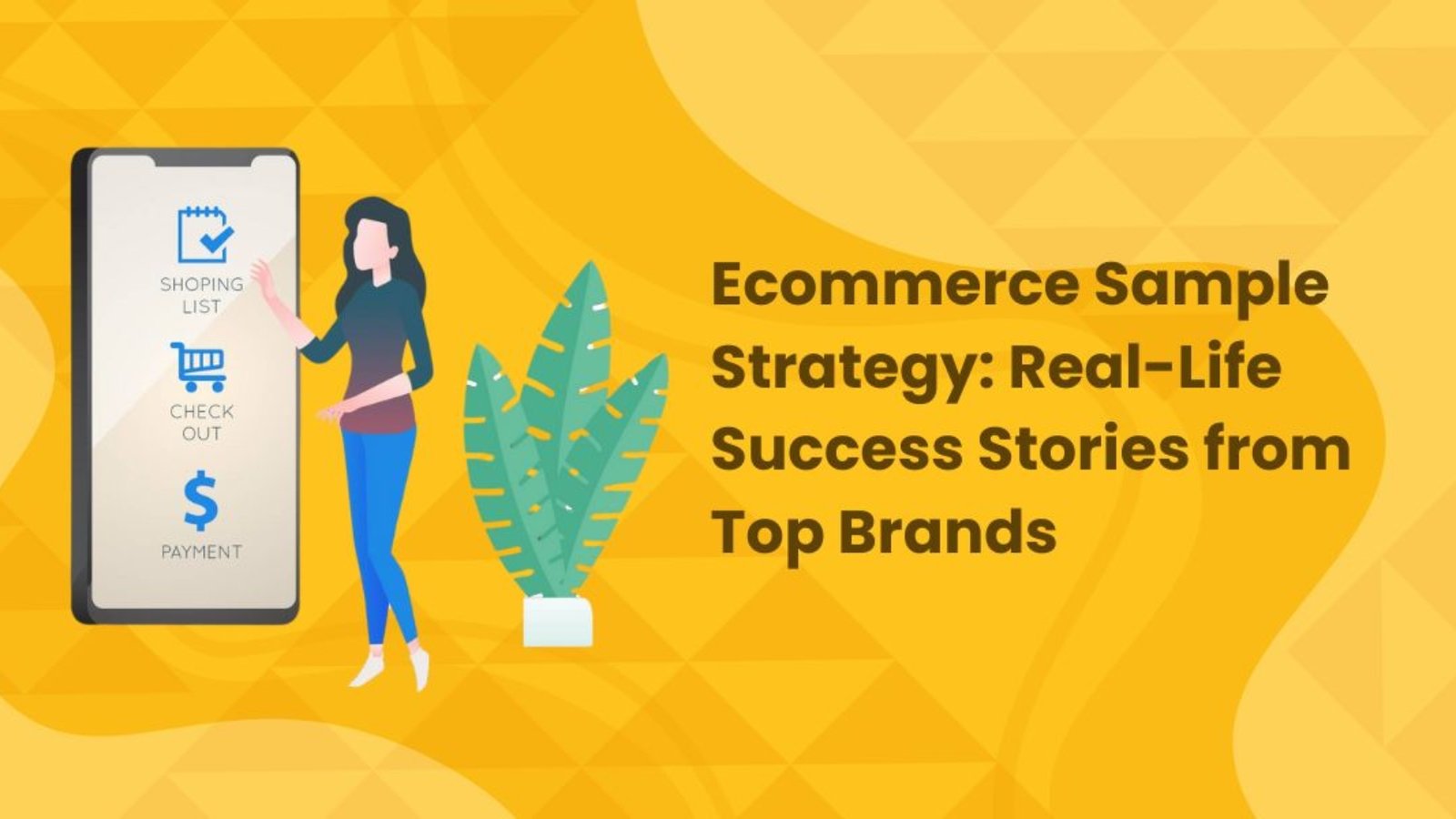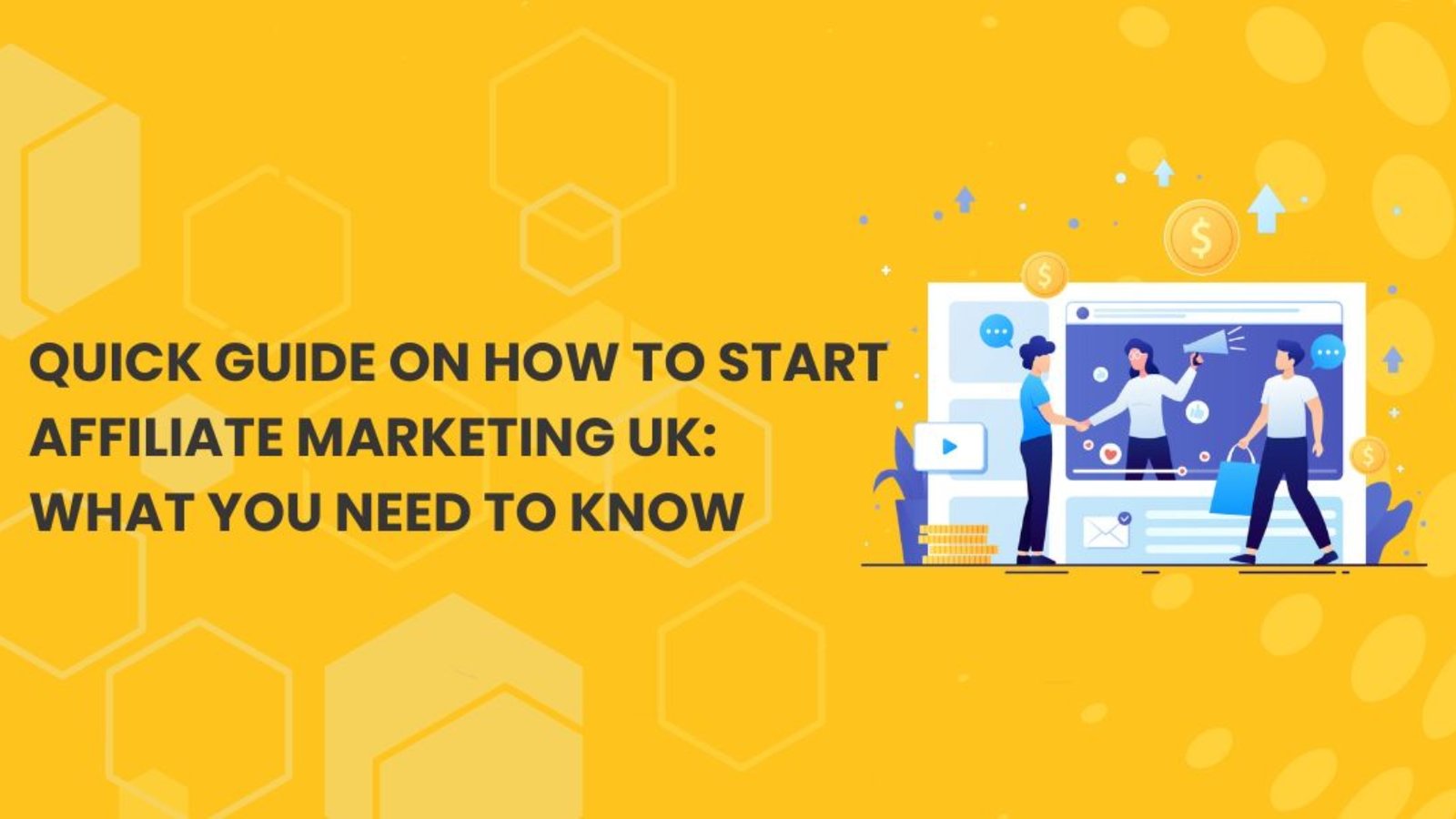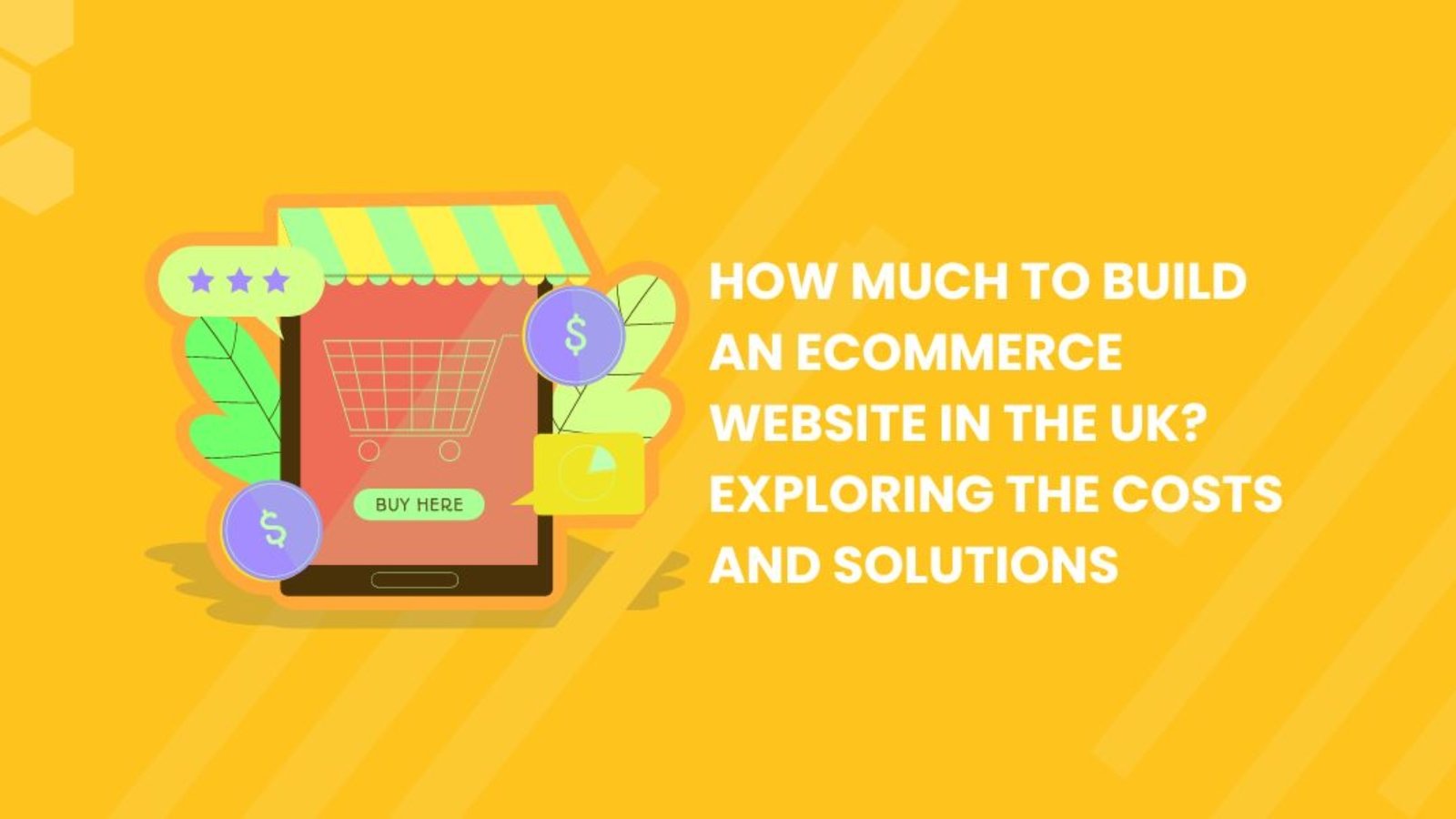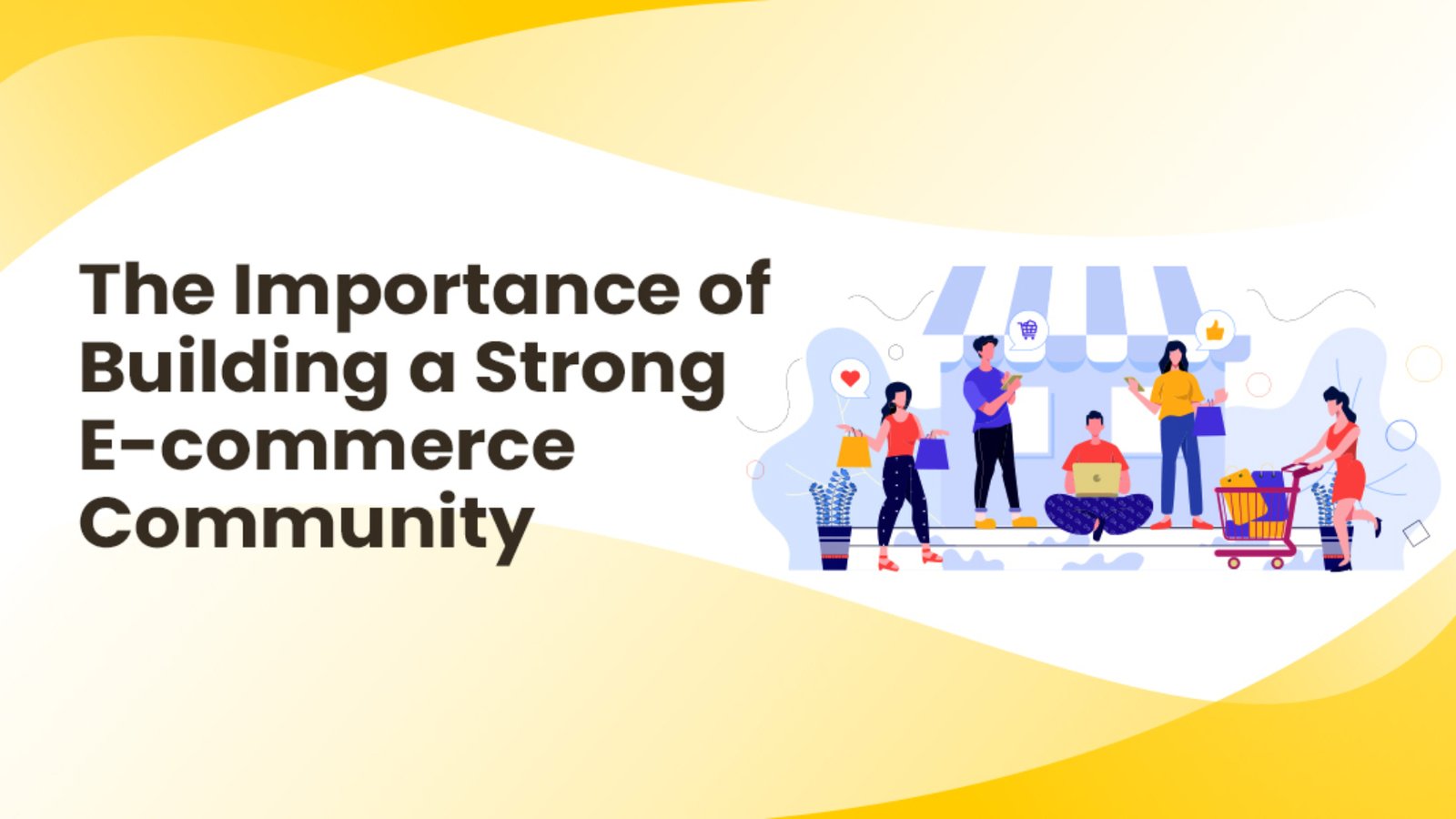The world of ecommerce is evolving rapidly, and 2024 is no exception. As consumer behaviours shift and technology advances, the demand for certain products has surged while others have seen a decline. For retail businesses aiming to expand their reach and boost sales, understanding the best selling ecommerce products is crucial. This article explores the top trends in ecommerce for 2024, providing insights to help you make informed decisions for your online store.
What’s Hot: Trending Best Selling Ecommerce Products in 2024
Sustainable and Eco-Friendly Products Environmental awareness is on the rise, driving demand for sustainable and eco-friendly products. Consumers are increasingly focused on reducing their carbon footprint, favoring items that are reusable, biodegradable, or made from recycled materials. Key best selling ecommerce products in this category include:
Reusable Water Bottles and Coffee Cups: With a push to cut down on single-use plastics, reusable water bottles and coffee cups have become essential for many consumers. Brands offering stylish, durable, and customizable options are particularly successful.
Eco-Friendly Cleaning Supplies: Biodegradable and chemical-free cleaning products are highly sought after. Consumers prefer natural ingredients like vinegar, baking soda, and essential oils for their cleaning needs.
Sustainable Fashion: Clothing made from organic cotton, bamboo, and recycled materials is increasingly popular. Brands promoting ethical practices and transparency in their supply chains are attracting more customers.
Health and Wellness Products The health and wellness sector continues to thrive, with consumers placing a greater emphasis on their well-being. This has led to a surge in demand for health-related products. Notable best selling ecommerce products in this sector include:
Supplements and Vitamins: With a growing focus on health, sales of supplements and vitamins are on the rise. Products such as immune boosters, multivitamins, and probiotics are particularly popular.
Fitness Equipment: As home workouts become more prevalent, the demand for fitness equipment like dumbbells, resistance bands, and yoga mats remains strong. Innovative products such as smart fitness devices and virtual reality workout gear are also gaining traction.
Personal Care Products: Natural and organic personal care items, including skincare, hair care, and oral hygiene products, are in high demand. Consumers are increasingly avoiding products with harmful chemicals in favor of natural alternatives.
Tech Gadgets and Accessories Technology continues to drive ecommerce success, with consumers eager for the latest gadgets and accessories. Some of the top best selling ecommerce products in this category include:
Smart Home Devices: Products such as smart speakers, security cameras, and smart thermostats are becoming household staples. As smart homes become more mainstream, the demand for these devices is expected to rise.
Wearable Technology: Fitness trackers, smartwatches, and other wearable devices are popular for their health monitoring features, seamless smartphone integration, and stylish designs.
Mobile Accessories: With smartphones integral to daily life, accessories like wireless chargers, phone cases, and screen protectors are consistently in demand. Innovative products such as foldable phone stands and portable power banks are also popular.
Home Improvement and Decor The trend of enhancing living spaces continues to grow, especially as people spend more time at home. The home improvement and decor category has seen increased demand, with best selling ecommerce products including:
Smart Lighting Solutions: LED lights, smart bulbs, and color-changing light strips are favored for their energy efficiency and ability to transform a room’s ambiance.
Furniture and Home Decor: Online shoppers are drawn to unique furniture pieces and decor items that reflect their personal style. Multifunctional products, such as sofa beds and storage ottomans, are particularly appealing.
DIY Tools and Kits: The rise of DIY culture has led consumers to invest in tools and kits for home improvement projects. This includes basic tool sets and more specialized equipment like cordless drills and painting kits.
Pet Products Pets are cherished family members, and their needs are a priority for many consumers. The pet products category continues to grow, with best selling ecommerce products including:
Pet Food and Treats: High-quality, organic, and specialty pet foods are in high demand. Pet owners are increasingly choosing brands that offer nutritional benefits and cater to specific dietary needs.
Pet Accessories: From pet beds and toys to grooming tools and accessories, there is a wide range of products that pet owners are eager to purchase. Innovative items such as pet cameras, GPS trackers, and smart feeding devices are also gaining popularity.
What’s Not: Products Losing Popularity in 2024
Fast Fashion While fashion remains a strong ecommerce category, fast fashion is on the decline. As consumers become more environmentally conscious, there is a growing backlash against brands that promote unsustainable practices and low-quality products. Retailers focused on fast fashion are struggling to maintain customer loyalty, with many shoppers opting for more sustainable and ethically produced alternatives.
Single-Use Plastic Products The shift towards sustainability has led to a decrease in demand for single-use plastic products. Items such as disposable cutlery, plastic straws, and plastic bags are becoming less popular as consumers seek eco-friendly alternatives. Retailers are encouraged to adapt by offering products that align with eco-friendly values.
Traditional Office Supplies With the rise of digital tools and remote work, traditional office supplies like paper, pens, and folders are seeing reduced demand. More businesses and individuals are adopting digital solutions for their tasks, which decreases the need for physical supplies. Retailers should consider diversifying their offerings to include tech accessories and home office equipment.
Basic Electronics Basic electronics such as standard calculators, DVD players, and basic digital cameras are losing relevance. As technology advances, consumers are gravitating towards multifunctional devices that offer a range of features. For instance, smartphones now include high-quality cameras, reducing the need for separate digital cameras. Retailers should focus on offering more innovative and advanced electronic products.
Why Retail Businesses Should Embrace the Best Selling Ecommerce Products
The ecommerce landscape is continuously evolving, and businesses need to stay ahead of trends to succeed. By focusing on the best selling ecommerce products, retail businesses can reach a broader audience, increase their sales, and remain competitive. Here’s why going online with trending products is a smart move:
Wider Reach: Online stores can reach customers beyond geographical boundaries, expanding the market and attracting a global audience.
Lower Overhead Costs: Operating an online store can be more cost-effective than maintaining a physical location, allowing businesses to invest in inventory that aligns with current trends.
Data-Driven Insights: Ecommerce platforms provide valuable data on consumer behavior, preferences, and purchasing patterns. This information can be used to make informed decisions, optimize product offerings, and create targeted marketing campaigns.
Flexibility and Convenience: Online shopping offers convenience, from browsing to checkout, leading to higher customer satisfaction and loyalty.
Conclusion
As we advance through 2024, staying informed about the latest trends in ecommerce products is crucial for retail businesses. By focusing on what’s hot and avoiding what’s not, businesses can position themselves for success in a competitive market. Embracing the shift towards online selling and offering best selling ecommerce products can help retailers not only survive but thrive in the digital age. Now is the time to adapt, innovate, and capitalize on the opportunities the ecommerce landscape presents.
